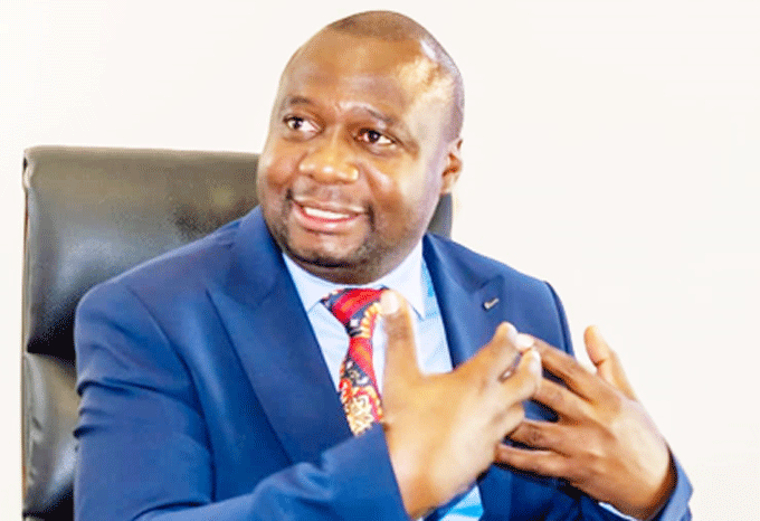What makes that task even onerous this year are softening commodity prices on the global market, as well as prediction of an El Niño-induced drought.
After investing a lot of effort to restore stability in the second half of 2023, the re-emergence of instability in the last quarter of the year is quite concerning. While every last quarter of the year is traditionally our weakest in terms of stability (of course, due to demand and supply factors), the situation was exacerbated by softening global commodity prices, which affected our foreign currency inflows.
Platinum export receipts, which used to generate US$120 million-US$130 million per month, have fallen to US$70 million-US$80 million.
The World Bank reports that lithium prices declined from US$75 825 per tonne in February to US$23 870 per tonne in October 2023, while nickel prices softened from US$29 346 per tonne in January 2023 to US$18 100 per tonne in October 2023.
The standardisation of export surrender to 25 percent also affected inflows from artisanal and small-scale gold miners at a time gold prices have remained strong.
Unsurprisingly, we experienced the depreciation of our currency in the last quarter of the year. This dispels the commonly held belief that currency depreciation is always a reflection of recklessness with the printing press.
A volatile exchange rate always pushes up demand for US dollars as the market seeks to exit the Zimdollar at every opportunity.
This largely explains increased dollarisation, typified by reduction of the Zimdollar as a share of money supply to less than 20 percent. Policymakers need a deeper understanding of these dynamics going forward.
(125 VIEWS)


